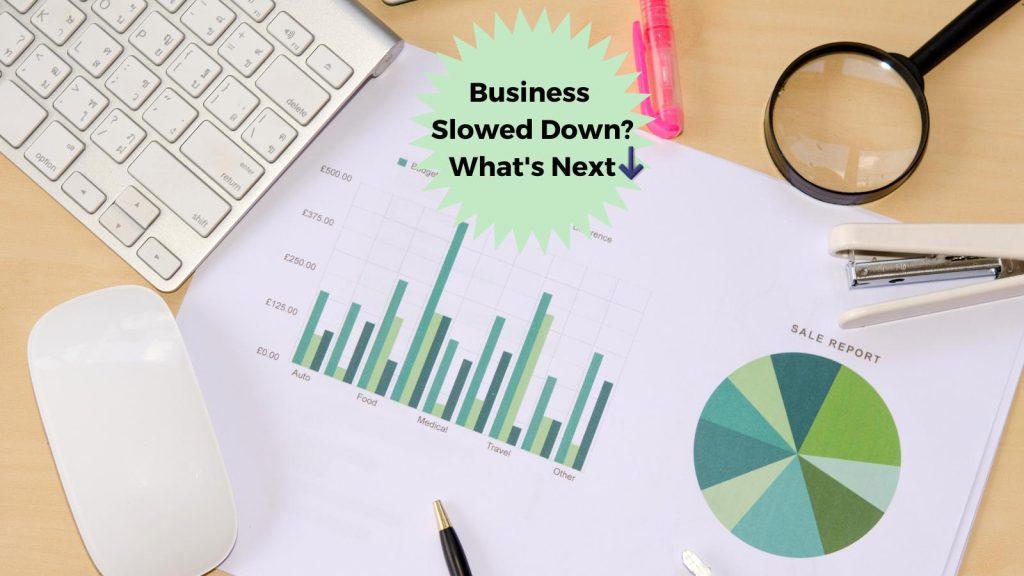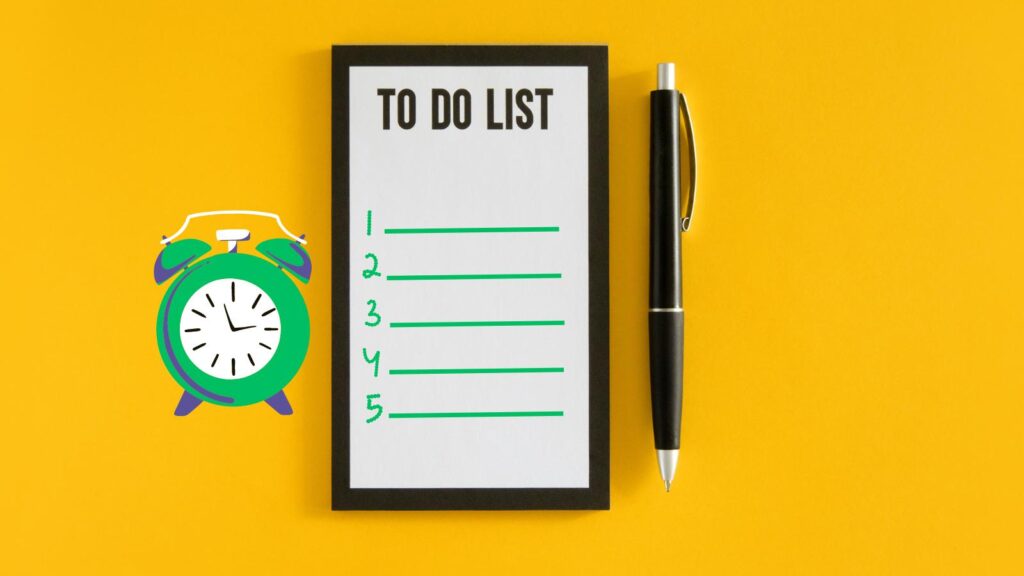Has your business slowed recently? Running a successful business requires considerable hard work and dedication. However, even the most successful companies can experience a slowdown at times. When business slowed, addressing the issue proactively became essential.
Whether it’s due to a seasonal lull, high inflation, an economic downturn, AI-driven search overviews, or other factors, a slowdown can be concerning.
Understanding why your business is slowing down can help you develop effective strategies to improve. Identifying the reasons for the slowdown allows you to take informed actions moving forward.
Moreover, when business slows, reviewing your customer engagement strategies can reveal valuable insights.
But don’t worry, there are steps you can take to get your business back on track. In this article, we’ll discuss some tips on what to do when your company has slowed down.
Recognizing how your business is being hindered can help guide you in refining your approach to meet customer needs better.
Table of Contents
Assess The Situation
The first step in addressing a business slowdown is to assess the situation. Take a step back and evaluate your business and its operations. Look for any patterns or biz trends that may have contributed to the slowdown.
Reflect on how market trends may have contributed to your business slowing down and what adjustments can be made.
During times when business slowed, it’s vital to reevaluate your strategies and align them with current market demands.
When business slowed, consider these financial adjustments to stabilize your operations and foster growth.
Are there external factors at play, such as a seasonal decline in sales or an economic shift?
Or are there internal issues that need to be addressed, such as inefficiencies in your operations or a lack of marketing efforts?
Review Your Finances When Business Slows
When your business slows down, it’s essential to review your finances. Seek opportunities to reduce costs and enhance your cash flow.
This may mean reducing expenses, renegotiating contracts, or finding ways to increase revenue. You may need to cut these for a month or several months to make up for the lost revenues when business slowed.
It’s also a good idea to review your financial projections and adjust them accordingly based on the current situation.
Stay In Touch With Your Customers
One of the most important things you can do when your business slows down is to maintain contact with your customers. Reach out to them and ask for feedback on your products or services.
This will not only help you identify areas for improvement but also demonstrate to your customers that you value their opinions.
Additionally, you can offer promotions or discounts to entice customers to make purchases.
5 Ways To Stay in Touch With Customers During a Slowed Business Time: A Little Guide For Business Owners
1. Use Email Marketing
Email marketing is a cost-effective way to maintain a strong connection with your customers. You can send newsletters, promotional offers, and updates about your business.
Make sure your emails are personalized and relevant to your customers’ interests. Use catchy subject lines to increase open rates.
2. Be Active on Social Media
Social media platforms, such as Facebook, X, LinkedIn, and Instagram, are excellent tools for connecting with your customers.
Post engaging content, respond to their comments and queries, and run social media campaigns to keep them interested in your brand.
Don’t forget to create videos that showcase who you are and what your business is about. People buy from those they trust.
Below is a new video I made for my YouTube channel.
3. Send Personalized Messages
Send personalized messages to your customers on special occasions such as birthdays, anniversaries, and festivals.
These personal messages show that you care about them and value their relationship with your brand.
4. Conduct Surveys
Conduct surveys to get feedback from your customers about your products and services. It helps in understanding their needs and preferences, and you can make necessary improvements to your offerings.
If you can do these surveys in person or on the phone, they may have a bigger impact on you.

5. Offer Loyalty Programs
Offer loyalty programs to your customers as a way to reward them for their loyalty.
It could be in the form of discounts, freebies, or exclusive offers. It helps in retaining customers and building long-term relationships.
6. Invest in SEO
Many companies rely heavily on search engines to help them attract customers. If you’re ranking low on Google and Bing, it could be the reason why business has slowed.
SEO (search engine optimization) can help to boost your rankings and hopefully generate you more business. This involves a range of strategies, including utilizing specific keywords on your website, establishing third-party backlinks, and optimizing the loading speed of your site.
DIY SEO is complicated to execute because it requires a significant amount of time and resources. Consequently, you should consider hiring a marketing service that can carry out SEO for you.
7. Revamp Your Marketing Efforts
If your business has slowed down, it may be time to revamp your marketing efforts. Consider new marketing strategies such as social media advertising, influencer marketing, or content marketing.
You can also try retargeting campaigns to reach customers who have previously shown interest in your products or services.
It’s crucial to establish a plan for when business slows; proactive measures can mitigate negative impacts.
Always be prepared for when business slows down, ensuring that your strategies are adaptive and resilient.
8. Explore New Opportunities
Finally, when your business slows down, it’s essential to explore new opportunities.
Have you ever experienced a period when your business slowed down? Sharing those experiences can provide insights for others.
Take the time to reflect on your strategies for overcoming times when business slowed and what worked best for you.
Look for ways to diversify your offerings or expand into new markets.
You can also consider partnering with other businesses or collaborating with influencers to expand your reach to new audiences.
Conclusion of Business Slowed Down
Experiencing a business slowdown can be stressful, but it’s important to stay proactive and take steps to address the situation.
By assessing the situation, reviewing your finances, staying in touch with your customers, revamping your marketing efforts, and exploring new opportunities, you can get your business back on track.
Remember, every business experiences ups and downs, but it’s how you react to them that counts.
Your Turn
Recently, I lost an account that had been slowing down my business. It gives me time to grow other aspects of the business that I had in place. Are you prepared if your business slows down today or tomorrow?




